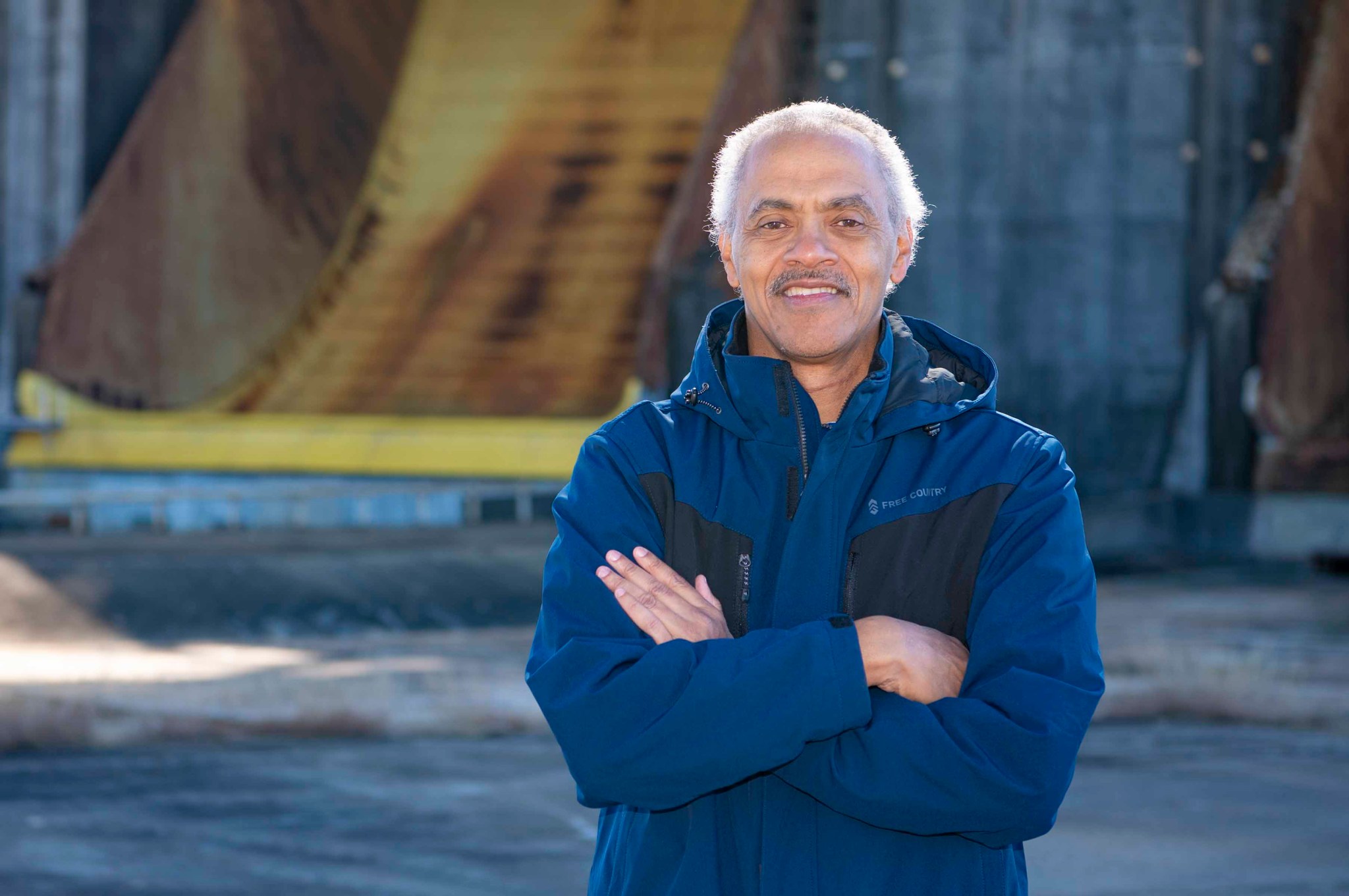
One thing has remained constant throughout Maury Vander's career with NASA - the satisfaction of being part of a team working to innovate and benefit the agency and the aerospace industry at large.
As chief of the Test Operations Division at NASA's Stennis Space Center, Vander provides guidance and help with technical challenges to a group of electrical and mechanical engineers performing test operations for NASA and commercial companies.
"With the test team at NASA Stennis, the work doesn't happen because of one individual," Vander said. "It's a total team effort that makes it happen. Our team consists of a diverse group of personalities, experience levels and backgrounds, so you get value from that."
Vander has contributed in various capacities to four engine programs since coming to NASA Stennis in 1990 as a contract worker and then being hired by NASA in 2000. He performed the role of test conductor for the programs, which included being the first to do so in three of the four programs.
Filling this role allowed him the opportunity to be heavily involved in developing the test processes used during the initial hot fire tests of those engines. He called this a highlight of his career as he witnessed the success of the test campaigns.
A key part of continuing NASA's mission of exploring secrets of the universe for the benefit of all is developing people to contribute to the agency, which ultimately benefits humanity.






